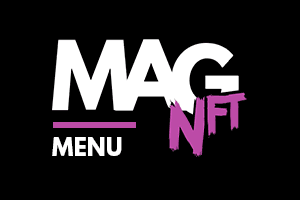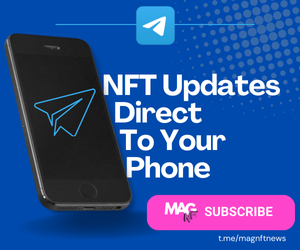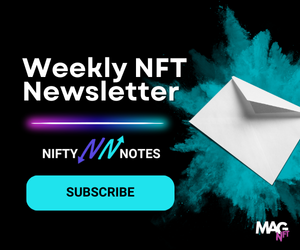There are dozens of Ethereum Layer-2 blockchains in existence, but one stands out for its commanding status, its appeal to both developers and users, and it’s great deal of success to date: Polygon blockchain.
Polygon is perhaps the most popular blockchain for both home-grown developers and major brands looking to enter the blockchain industry, and is home to a staggering number of quality apps, tools and services – all backed by Polygon’s ample support, reliability and user-friendly nature.
With all this said, what made Polygon into the success it is today? Why is it such a force in the blockchain space, and how it is continuing to forge new paths for the industry at large?
Let’s take a look in our 2025 guide to the Polygon blockchain.
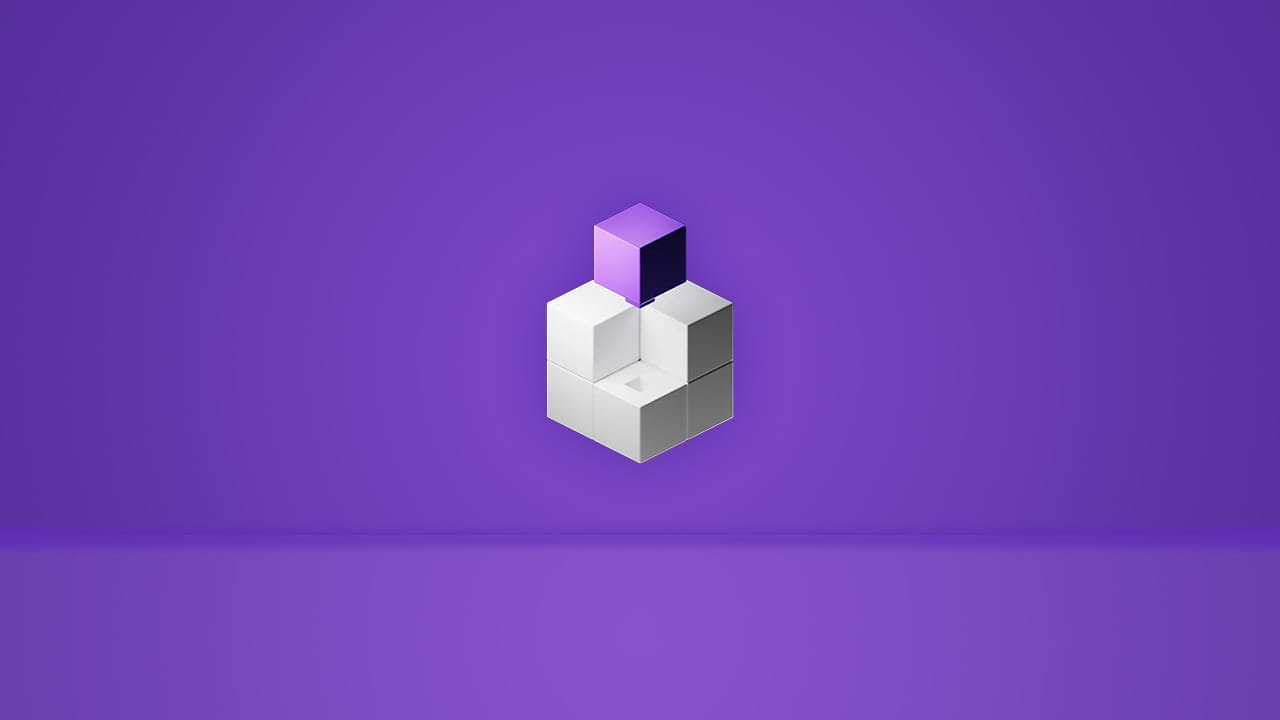
What is Polygon?
Polygon is an Ethereum Layer-2 blockchain, created in 2017 by Jaynti Kanani, Sandeep Nailwal, and Anurag Arjun.
The aim of Polygon was to build on Ethereum’s inherent security, but to address its scalability, speed and cost issues to be a better solution for apps – especially following the growth of CryptoKitties that led to huge issues for Ethereum in late 2017.
Polygon’s approach worked, with the likes of 1inch, SushiSwap and Curve Finance all deciding to build on the chain – and once NFTs on Polygon exploded on popularity, marketplaces such as OpenSea, Element and Magic Eden were swift to add their support.
$MATIC, the native token of Polygon, is one of the world’s top cryptocurrencies, holding the #21 position at the time of writing with a market cap of $4.0B USD.
2024 has been a big year for Polygon, becoming the chain of choice for Ronin’s expansion into Layer-2 networks, striking a partnership with Google Cloud and Accenture to develop Web3 loyalty programs, and pledging 1 billion $POL ($MATIC’s soon-to-be replacement) to high-potential blockchain projects over the next 10 years.
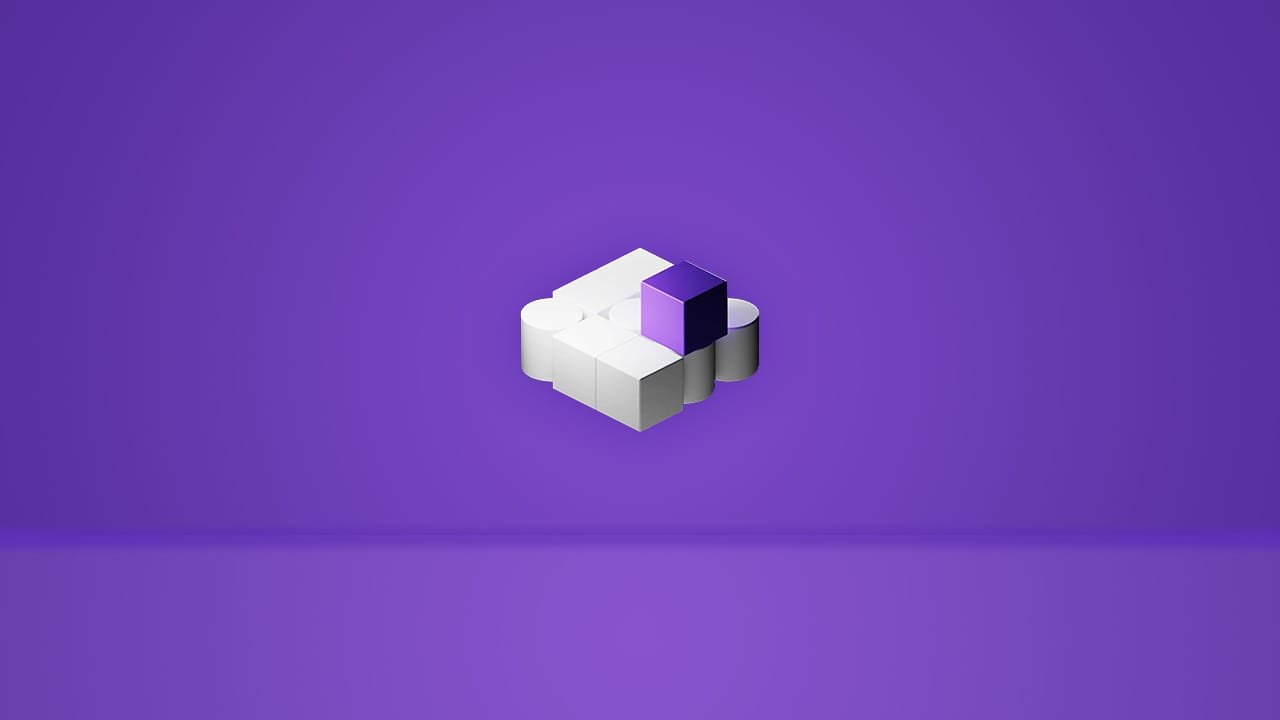
Why is Polygon important?
Polygon is best-known for the major brands that have trusted the network as their gateway to Web3.
Starbucks, Warner Music Group and Square Enix are three of many names that have relied on Polygon, helping to establish its reputation as a safe choice for big names looking to enter the blockchain industry.
Polygon works by utilising “sidechains”, which run parallel to Ethereum and process transactions independently before merging them onto the Ethereum network. This makes fees on Polygon far lower – a basic ERC-20 transaction on Ethereum costs well over $1.00 USD, whilst it is less than $0.01 USD on Polygon.

Polygon’s journey so far
Polygon made its debut in 2017, becoming one of the first Ethereum Layer-2 blockchains that was publicly available to developers at the time.
The Polygon mainnet went live in 2020, which sparked huge growth in both developers and users. By the time NFTs hit their all-time highs at the end of 2021, Polygon was by far the leading Ethereum Layer-2 blockchain.
Since then, Polygon has continued to grow even further. A landmark deal with Immutable saw Polygon strengthen its development arm, and a deal was in place for Polygon NFTs to be integrated into Facebook and Instagram – but despite this arrangement falling through, it demonstrated Polygon’s strong market position.
Heading into 2024, Polygon has continued to surge forward. In January, Polygon recorded more NFT transactions than Ethereum over a 24-hour period for the first time, and in a show of faith for their belief in blockchain gaming, they pledged $100M USD with Immutable to support blockchain game development.
scalable web of sovereign blockchains

Riding crypto waves since 2012, bridging digital and physical worlds through prose.
